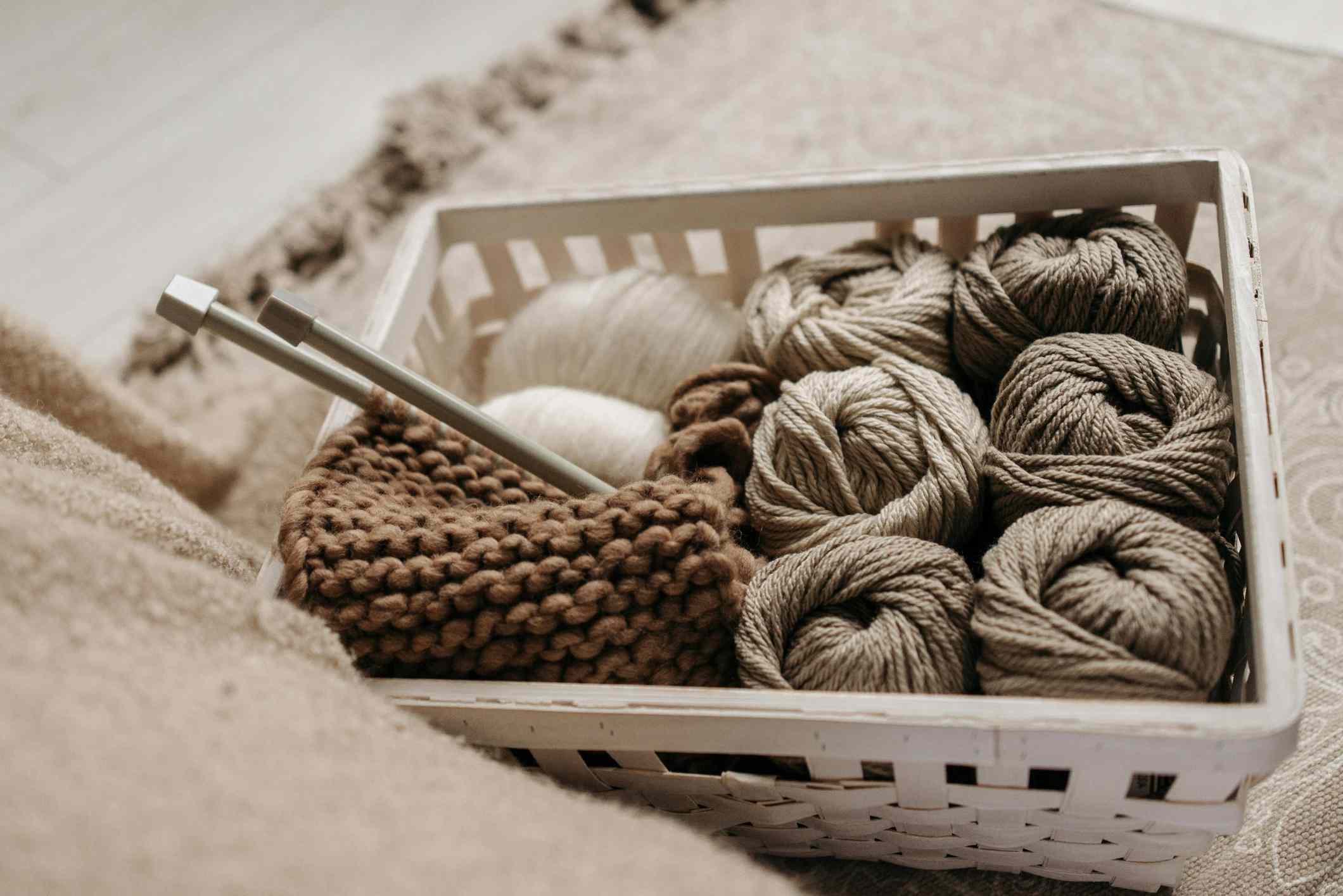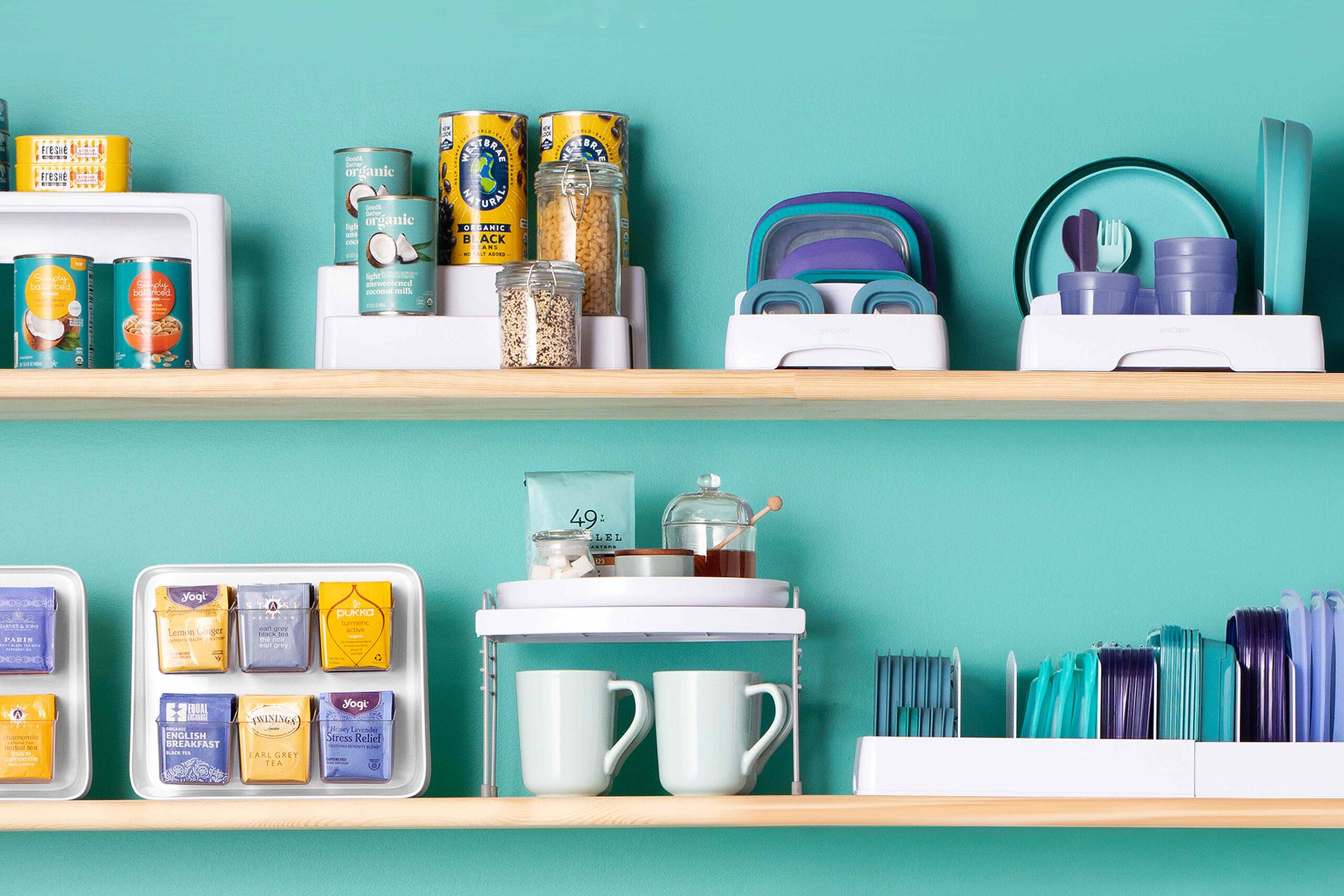You’re (sadly) familiar with wildlife ending up on endangered lists, but did you know that certain crafts are also at risk of fading away? Similarly, some beloved crafting techniques also suffer a similar fate of the dodo bird or wooly mammoth.
The U.K.-based organization Heritage Crafts keeps track of art forms that are extinct, critically endangered, endangered, and currently viable. The crafts on the endangered list encompass a broad spectrum, including letterpress printing, silk weaving, marionette making, straw work, hat making, and traditional wooden boat building (to name a few).
Here, with artisan input, we’re highlighting some crafting ideas inspired by some of these endangered arts that you can do at home. While likely not at risk of extinction anytime soon, they remind us that creativity, patience, and the joy of making things by hand are worth preserving, whether through age-old methods or more accessible crafts that echo their spirit.
Papermaking
Julie Konstantinidi / Getty Images
Paper may seem like a basic craft supply, but consider all the practical and artistic applications. It’s a blank slate for watercolor creations, handwritten notes, invitations, and more. Handmade papermaking turns natural fibers—like cotton rags, jute, or waste pulp—into beautiful, tactile sheets, explains Puneet Gupta, founder of an eponymous stationery and paper collection. “Unlike machine-made paper, it carries irregularities, flecks, and textures that make every piece unique,” she says.
See a slew of paper crafts here to try your own hand at customized stationery and more. “In my own invitations, I’ve seen how handmade paper transforms the experience from something you read to something you treasure,” notes Gupta. “Its grain and weight slow you down; they make you want to touch, keep, and remember. And knowing it’s made from repurposed material adds another layer of meaning.”
Block Printing
Block printing is the art of carving designs into a wooden block (or similar hard material) to create a relief print, typically on paper or fabric. “It’s a very creative and accessible craft, and the techniques are similar to what might have been learned in elementary school with softer materials such as soap or potatoes,” explains LiLi Rockler Jackson, a woodworking expert. “It also has a rich history, being used for printing books long before the printing press in Europe.”
Jackson says the easiest wood to carve into is basswood, and the blocks don’t need to be super thick—just enough that it’s comfortable to hold in your hand. “You can even add a small handle, like a cabinet knob, by screwing it in,” she suggests. And if you want to start on something simpler, try a potato print.
Marbling
The natural marbling found on stone is so gorgeous that humans had to figure out a way to replicate it. On the endangered craft list, marbling is a decorative technique where you create patterns resembling the veining of marble stone, usually via floating ink on water.
According to Heritage Crafts, “Marbling became popular as a handicraft in the nineteenth century after the publication of The Art of Marbling by Charles Woolnough in 1853 … The tools and materials used for paper marbling are relatively simple. A watertight tray is filled with a substance that will hold the ink on the surface.”
You can apply this art form to everything from paper products to Easter eggs.
Wood Furniture Making
There are many forms of woodworking, including the construction of small and large pieces of furniture. “Obviously, furniture making is broad, as it can involve specific skills including hand-cut joinery, steam bending, and turning. I use all these aspects in furniture making,” Rockler says.
According to Rockler, people use their hands less now due to automation and machines. This ultimately puts us at risk of losing our self-sufficiency. “My thesis is that using your hands is important because humans are creative by nature,” she says. “If you’re not using your hands, which are a direct connection to creation, you risk losing your connection to your original humanity,” Rockler explains. “I don’t mean to be dramatic— but these are things people discuss.”
In regard to wood furniture making, you can start with something simple—like a stool or a ladder—or something more complex like a potting bench.
Pottery
Yulia Naumenko
The term ‘industrial pottery,’ as it’s listed on the UK’s Heritage Crafts Red List, refers to a broad range of ceramic production techniques that blend traditional hand skills with mechanized or semi-mechanized methods. At its core, it’s about taking from-the-earth clay and molding it into something beautiful, be it a bud vase or fruit bowl.
“Clay has memory; it records every gesture. That’s what makes pottery so personal,” Gupta says. “Whether a piece ends up as a mug or a platter, you can feel the maker’s intent in its curves and surface. It’s accessible, yet endlessly deep for anyone who loves working with form.”
Get started by painting ready-made ceramics (instructions here), then branch out to pottery wheel and hand-build classes.
Knitting
The art of knitting is alive and well, perhaps partially thanks to trends like “coastal grandma” and “grandmillennial.” An endangered variety of knitting is “frame knitting,” invented in 1589 by William Lee. According to Heritage Crafts, it boomed into a major domestic industry by the late 18th century. However, changes in fashion, the rise of larger factory-powered machines, and economic hardship led to its decline in the 19th century, leaving only a few knitters producing niche work.
Though it looks a bit different today, you can tap into that art of knitting very easily at home to create everything from an arm-knit blanket to fingerless mittens.





